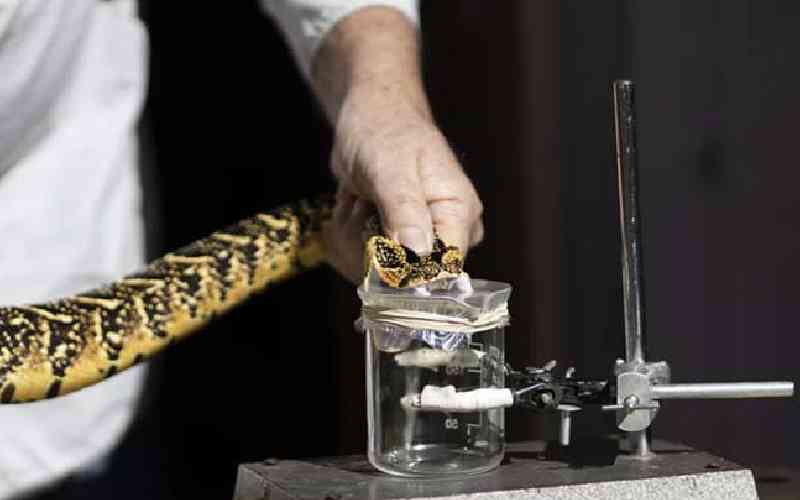By Dr Kizito Lubano
What is typhoid fever?
Typhoid fever is an acute illness caused by salmonella typhi bacteria. It can also be caused by salmonella paratyphi, a bacterium that leads to a less severe illness. This bacteria is deposited in water or food by a human carrier before spreading to other people in the area.
How do patients get typhoid fever?
It is contracted when a person eats or drinks contaminated food or water.
Patients with acute illness can contaminate the water supply through stool, which contains a high concentration of the bacteria. About three to five per cent of patients become carriers of the bacteria, after an acute illness. Others suffer mild illness that goes unrecognised and can become long-term carriers of the bacteria.
The bacteria multiplies in the gallbladder, bile ducts or liver and passes into the bowel. It can survive for weeks in water or dried sewage. Chronic carriers may have no symptoms and can be the source of new outbreaks.
How is the disease diagnosed?
After ingestion of contaminated food or water, the salmonella bacteria invade the small intestine and enters the bloodstream temporarily. It is then carried by the white blood cells into the liver, spleen and bone marrow. The bacteria multiplies in the cells of these organs before re-entering the bloodstream. Patients develop symptoms like fever, when the organism goes back to the bloodstream. The bacteria invades the gallbladder, biliary system and the lymphatic tissue of the bowel. Here it bacteria continues to multiply before passing into the intestinal tract. Laboratory diagnosis will involve testing stool cultures. Stool cultures are sensitive in the early and late stages of the disease, but often need to be supplemented with blood cultures for a definite diagnosis.
Symptoms of typhoid fever
The incubation period is between one to two weeks. The illness duration is about four to six weeks. A patient with typhoid fever will have poor appetite, headaches, generalised aches and pains, fever, lethargy and diarrhoea.
Patients usually have a sustained fever of between 39 to 40 degrees Celsius.
Many develop chest congestion, abdominal pain and discomfort.
Treatment
Antibiotics are used for treatment. Prior to the use of antibiotics, the fatality rate was 20 per cent. Deaths occurred because of an overwhelming infection, pneumonia, intestinal bleeding or intestinal perforation.
Use of antibiotics and supportive care has seen the mortalities drop to between one and two per cent. Improvement is experienced within two days, while full recovery occurs between a week and ten days.
For those travelling to high-risk areas, vaccines are now available.
 The Standard Group Plc is a multi-media organization with investments in media platforms spanning newspaper print
operations, television, radio broadcasting, digital and online services. The Standard Group is recognized as a
leading multi-media house in Kenya with a key influence in matters of national and international interest.
The Standard Group Plc is a multi-media organization with investments in media platforms spanning newspaper print
operations, television, radio broadcasting, digital and online services. The Standard Group is recognized as a
leading multi-media house in Kenya with a key influence in matters of national and international interest.











